Zurich Airport is Switzerland’s gateway to the world, and after months spent grounded, the travel industry is ready for take-off. This readiness is most clearly tangible in the spectacular new standalone district right next to the country’s largest airport. The Circle is setting new standards: it includes shops, restaurants, hotels, a large conference centre and a health centre run by University Hospital Zurich (USZ) within a total area of 180,000 square metres. It is a visionary project – and bold, to boot. Pius Felix, an electrical technology specialist engineer at Flughafen Zürich AG, says: “Thousands of people will work in the place that was once the largest construction site in the country.”
Zurich Airport is Switzerland’s gateway to the world, and after months spent grounded, the travel industry is ready for take-off. This readiness is most clearly tangible in the spectacular new standalone district right next to the country’s largest airport. The Circle is setting new standards: it includes shops, restaurants, hotels, a large conference centre and a health centre run by University Hospital Zurich (USZ) within a total area of 180,000 square metres. It is a visionary project – and bold, to boot. Pius Felix, an electrical technology specialist engineer at Flughafen Zürich AG, says: “Thousands of people will work in the place that was once the largest construction site in the country.”
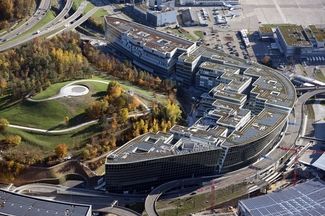
Zero tolerance for mistakes
Installing these into the 11,000-square-metre University Hospital Zurich health centre was especially time-consuming. To allow 360 doctors, nurses and specialists to treat around 1,000 patients per day, the technology needs to function smoothly around the clock – with no room for error. If an outpatient health centre’s electronics go down, it can lead to terrible consequences for patients. In addition to the highest possible precision, the complexity of the project was also impressive. Christian Pfab is in charge of digital and networked solutions in building technology as the Head of Automation at BKW Building Solutions. He says: “What is remarkable about The Circle is that the automation systems have to cover an enormous range, extending from simple bedside table lights in the hotel to lighting installations in the state-of-the-art offices to highly complex medical infrastructure – MRI and CT systems for radiology and Linacs for radiation oncology.”
In such a massively complicated technical environment, cooling systems are of paramount importance. As Rüedi explains: “These devices – which each cost millions of francs – can only function with a constant and secure supply of power and cold water. Interruptions would cause damage to the electronics, meaning essential patient examinations could not be carried out. We can ensure constant availability in The Circle with our sophisticated, clever and reliable facility automation and monitoring.”
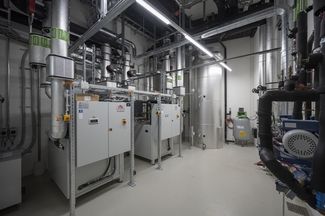
Impressive results across the board
At peak times, more than 70 employees from Sigren Engineering were hard at work at the construction site and in the back office. This produced impressive results across the board: the best possible control is now assured. Rüedi continues: “During the project, we made a digital copy of the technology throughout the entire building. This digital twin of The Circle will exist for the building’s entire life cycle, and can be used to optimise operations.”
Pfab describes the philosophy behind the elaborate automations in the building with an illustrative example: “Alongside the basic optimisation of operations and energy consumption, we must focus on user efficiency – no matter whether it is professional employees in offices or surgeons at USZ. With 6,000 employees working in The Circle and daily labour costs of millions of francs, the boost provided by a sophisticated building automation is massive. The aim must be to focus on the interaction between people and the building. This then benefits all patients and visitors: in a way, the building must anticipate the situation and needs of both, like a self-driving car.” This sort of consistency in the system was also accomplished in USZ’s health centre. As Rüedi explains: “The intelligent networking of the various systems and facilities laid the foundation for the increased functionality and density of information for controlling the building. This guaranteed the ideal interaction of ventilation, heating and cooling, shade and light... and monitoring, too”.
![[Translate to Englisch (CH):] Tablet](/fileadmin/_processed_/7/4/csm_Blog_Tablet_VD87807_687e5fea6f.jpg)
Well-equipped for the future
Due to the government lifting pandemic restrictions, the newly built The Circle is seeing increasing numbers of visitors every day. It’s well-equipped for the future. The building complex offers a unique service even in its transport options: The Circle is located at the best-connected point in Switzerland, with 20,000 parking spots and tram, bus and train links. And most impressively, the USZ outpatient clinic at The Circle is the only one of its kind: one that combines high-quality university medical competence with its very own airport.
![[Translate to Englisch (CH):] CT-Room](/fileadmin/_processed_/4/9/csm_Blog_CT_Raum_DSC5928_e3068c9294.jpg)
Our contribution to sustainability
 | With our actions, products and services, we are contributing to the sustainable development of society, the economy and the environment. BKW develops solutions for the design of sustainable infrastructures and living spaces. In doing so, it is committed to the UN’s Sustainable Development Goals. You can find out more about our approach to sustainability management here. |
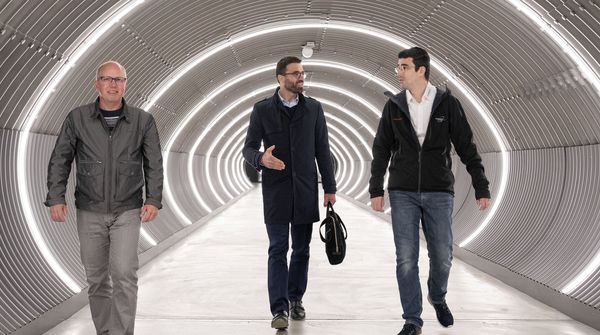
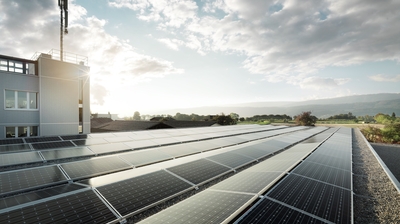
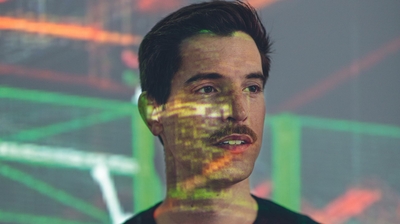
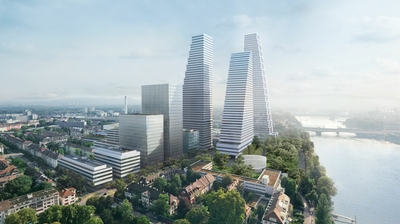
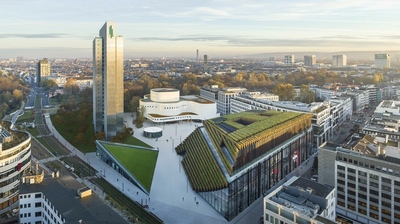
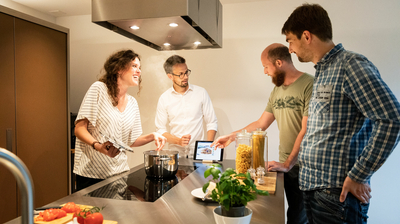
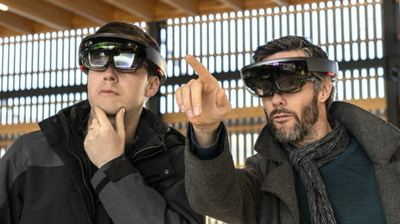
Comments